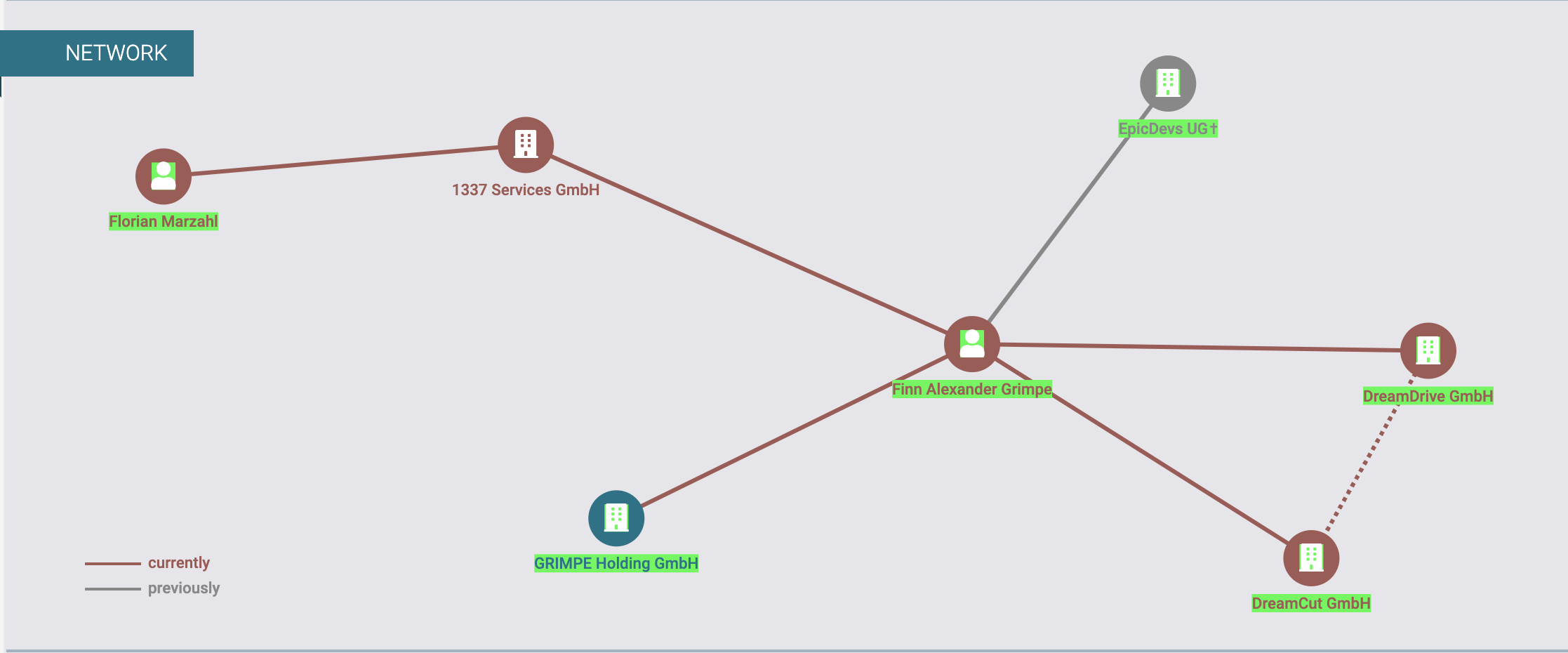How your net income gets calculated for tax and OAS
To minimize taxes and maximize benefits, learn the difference between deductions, credits and other forms of tax relief by reading through your tax return. The post How your net income gets calculated for tax and OAS appeared first on MoneySense.

Ask MoneySense
Appreciate your article on OAS (Old Age Security). Can you tell me how net income is calculated? For example, if I have $100,000 in pension income and $30,000 was deducted for income tax, is my net income $70,000?
—Kevin
Calculating net income for tax and OAS purposes
I like your definition of net income, Kevin. It sounds logical. But it is not the definition the Canada Revenue Agency (CRA) uses. The general, very abbreviated, format for calculating personal income tax is shown below. You will see how net income is calculated.
Total income – Deductions = Net income
(Start of OAS clawback threshold, $93,454 for 2025, is measured here.)
Net income – Tax credits = Federal tax
Federal tax x Provincial tax rate = Provincial tax
Total tax = Federal + Provincial + Federal and provincial surtaxes
I’m showing the skinny tax return so you can see how your personal tax is calculated and not just your “net income.” It’s important to see because for most people income tax will be the largest expense they will ever have. Let that sink in. The more you pay in tax, the less you have for yourself to do the things you want and to build wealth.
Basics of how taxes get calculated
Although we must pay tax, we are permitted to arrange our financial affairs, within the law, to pay the least amount of tax possible. One way to do this is to have a basic understanding of how taxes are calculated and knowledge of tax deductions and credits. Now let’s quickly walk through the tax return.
First, you have to report your total worldwide income. There can be many different forms of income, but most people will receive a T3 (Statement of Trust Income Allocations and Designations), T4 (Statement of Remuneration Paid) and/or T5 (Statement of Investment Income). Some forms of income are not reported on a T-slip such as self-employment income and rental income, but you are required to report that income, too.
After reporting your income, you will list your deductions. A deduction reduces your total income. For example, if you have a total income of $100,000 and you have total deductions of $10,000, your net income will be $90,000.
Common tax deductions include:
- RRSP (registered retirement savings plan) and FHSA (first home savings account) contributions
- Elected split pension amount
- Investment management fees
- Interest on investment loans
Tax deductions reduce your net income and help you keep more or all of your OAS. The best deduction available to senior couples is the “elected split pension amount,” which allows a high-income partner to shift 50% of their pension or registered retirement income fund (RRIF) income to their lower-income partner.
Income Tax Guide for Canadians
Deadlines, tax tips and more
The next level of tax relief: credits
After your net income is calculated, you can still reduce the amount of tax owing through tax credits. Whereas tax deductions lower your income, tax credits reduce the amount of tax owing. The tax credits are usually calculated as a specific dollar amount multiplied by 15%.
Common tax credits include:
- Basic personal amount
- Age amount
- Pension income tax credit
- Disability tax credit
- Charitable tax credit
- Home buyer’s amount
- Medical expenses
- Tuition tax credit
These federal tax credits are more valuable than they seem because they lower the amount of basic federal tax, which in turn lowers the surtax and provincial tax.
Sheltering your investment income
Up until now I’ve been discussing how to use tax deductions and credits to reduce the amount of federal and provincial tax you pay, but you also want to take advantage of tax shelters.
Tax shelters prevent your earnings—interest, dividends, capital gains—from being taxed from one year to the next. Without a tax shelter, interest, dividends or realized capital gains will increase your income and the amount of tax you have to pay. If the growth occurs in a tax shelter, the income usually does not need to be reported. A common and popular tax shelter is a registered retirement savings plan (RRSP), which also provides you with a tax deduction. Through the deduction and subsequent refund, you will have more money to invest. While the money is inside the RRSP (or, after age 71, a RRIF) it is compounding tax-free. You are not taxed on your earnings as they occur, which means your RRSP grows faster than a taxable account would—a massive benefit which I find is poorly understood. Other commonly available tax shelters include tax-free savings accounts (TFSAs), registered education savings plans (RESPs), first home savings accounts (FHSAs) and life insurance.
Kevin, if you are not right now perusing your tax return, pull it out and take a few minutes to read through it. There’s good learning in a tax return. Maybe even multiply the amount of tax you are paying by the number of years you think you have left to live. The amount of tax you will pay over your lifetime will likely be the largest expense you will ever have. It really does pay to look for, and be aware of, ways to reduce your taxable income.
Get free MoneySense financial tips, news & advice in your inbox.
Read more about taxes in Canada:
- Maxed out your TFSA and RRSP? Here’s where to put cash
- Can seniors claim home renos on a tax return?
- How does a spouse’s death impact your TFSA contribution room?
- Canada’s income tax brackets for the 2024 tax year
The post How your net income gets calculated for tax and OAS appeared first on MoneySense.











































































